Bertel Laurent9810219296, 9789810219291, 9789812385260
Table of contents :
Contents……Page 6
I PRINCIPLES AND BASIC APPLICATIONS……Page 12
1.1 Measuring Time……Page 14
1.2 Measuring Acceleration……Page 16
1.3 The Principle of the Maximal Proper Time……Page 18
1.4 Events. Space-Time……Page 20
1.5 Parallel World Lines……Page 22
2.1 Basic Properties……Page 26
2.2 Scalar Product……Page 30
3.1 Timelike. Spacelike. Null-like……Page 34
3.2 Comparison with Euclidean Space……Page 38
4.1 Simultaneity……Page 42
4.2 Space Distance……Page 44
4.3 The Orthogonal Space……Page 46
5 Linear Independence……Page 50
6 Relative Velocity and Four-Velocity……Page 54
6.2 Light Signals……Page 55
6.3 Split of Null-Like Vectors……Page 58
6.4 The Future and the Past……Page 59
7.1 Lorentz Transformation……Page 62
7.2 Addition of Velocities……Page 65
7.3 Lorentz Contraction……Page 66
8.1 The Wave Four-Vector……Page 68
8.2 Modulations……Page 69
8.3 Doppler Shift and Aberration……Page 72
9.1 Four-Momentum……Page 76
9.2 Particle Kinematics……Page 80
10.1 Four-Acceleration……Page 86
10.2.1 Const ant Acceleration……Page 89
10.2.2 Fitting a Car into a Garage……Page 91
10.2.3 Rotating Wheel……Page 94
II TENSORS……Page 96
11.1 Definition……Page 98
11.2 Examples……Page 100
12.1 First Rank Tensors……Page 106
12.2.1 Symmetries……Page 109
12.2.2 Abstract Indices……Page 110
12.3 Tensor Algebra……Page 112
12.4 Expansion……Page 114
12.5 Contraction……Page 116
12.6.1 Relation between Vectors and Dual Vectors……Page 119
12.6.2 The Metric Tensor……Page 121
13.1 Scalar Fields. Gradients……Page 124
13.2 Tensor Fields……Page 129
14.1.1 Basic Concepts. Parallelepipeds……Page 134
14.1.2 Calculation of Volumes……Page 137
14.1.3 Sums of Volumes……Page 139
14.1.4 Volumes and Coordinates……Page 140
14.2 Volume and Metric. Orientation……Page 143
14.3 Hypersurface Volumes……Page 146
15.1 Particle Flow. Four-Current Density……Page 148
15.2 Gauss’s Theorem……Page 152
15.3 Different Kinds of Currents……Page 155
III ELECTRODYNAMICS……Page 158
16.1 The Wave Equation……Page 162
16.2 The Field Tensor……Page 164
16.3.1 General Considerations……Page 165
16.3.2 The Four- Potential Equations……Page 167
16.3.3 The Field Tensor Equations……Page 169
16.3.4 Gauge……Page 172
16.4.1 The Electric and Magnetic Fields……Page 173
16.4.2 The Field Equations……Page 176
17.1.1 Sources……Page 180
17.1.3 The Potential Equations……Page 182
17.2.1 Dust……Page 183
17.2.2 Electromagnetism……Page 187
18.1 The Green’s Function……Page 190
18.2 The Lienard-Wiechert Potential……Page 195
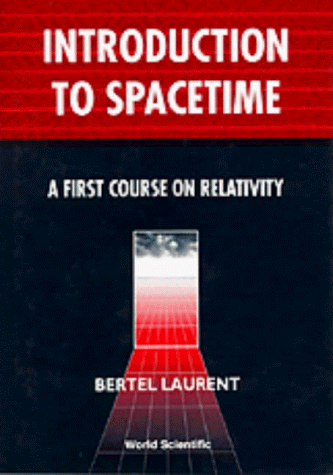
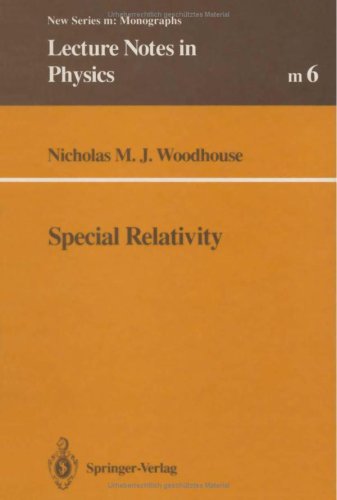
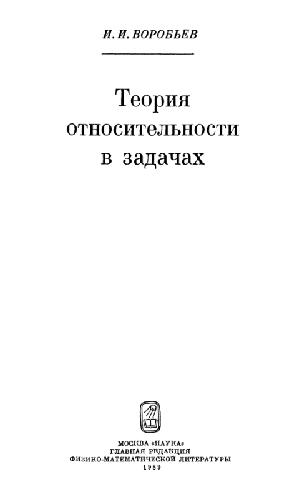
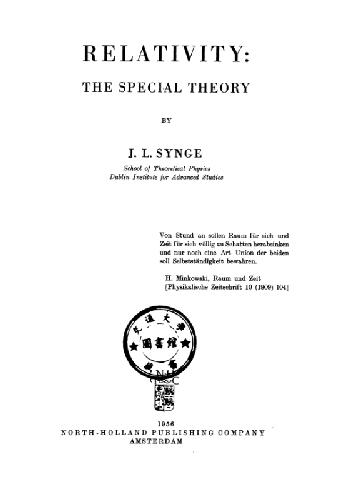


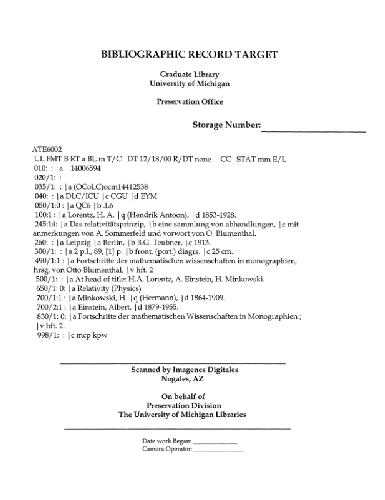

Reviews
There are no reviews yet.